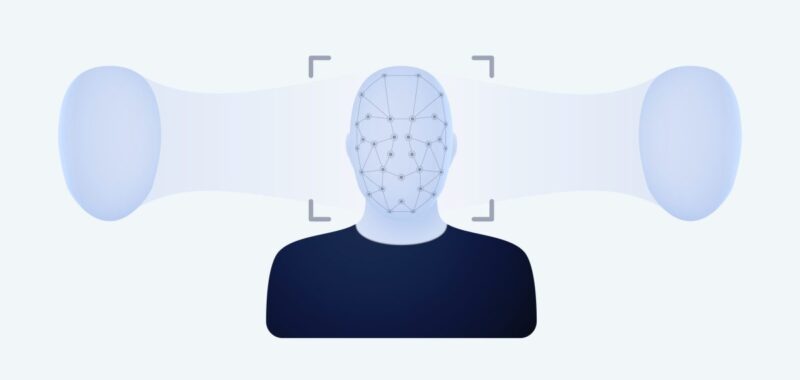
Good morning!
When I first saw Dawid Moczadło’s video on LinkedIn I almost couldn’t believe my eyes. In it, the cofounder of a data security software company interviews a job candidate and realizes, in real time, that the candidate is using deepfake AI to hide his true appearance.
Many people use fake backgrounds during interviews to hide, say, messy apartments, but this was different. In the video, as the job candidate moves, his screen starts to glitch, and the edges of his face blur.
“I thought that it could be like a Snapchat face filter, where if you cover your face—it kind of fails and goes away,” Moczadło told me. When he realized something was off, he asked the candidate to hold his hand in front of his face. But the candidate simply ignores him and continues with the interview. When he asked a second time, only to be ignored once more, Moczadło decided to end the interview.
“Before this happened we just gave people the benefit of the doubt, that maybe their camera is broken,” Moczadło told me. “But after this, if they don’t have their real camera on, we will just completely stop [the interview].”
Moczadło is the only one facing this issue. HR leaders and job recruiters are increasingly running into deepfake AI candidates—people who assume a different identity both on paper and in interviews, to apply for jobs.
Around 17% of hiring managers say they’ve encountered candidates using deepfake technology to alter their video interviews, a recent survey from career platform Resume Genius found. Another top executive, who decided to dig into the issue at his own company, found that out of 827 applications for a software developer job, about 100 were attached to fake identities.
“It blew our mind,” said Vijay Balasubramaniyan, CEO of Pindrop, a 300-person information security company. “This was never the case before, and tells you how in a remote-first world, this is increasingly becoming a problem.”
Luckily there are ways recruiters and HR leaders can spot candidates using deepfake technologies. To read more, check out my latest story for Fortune.
Brit Morse
brit.morse@fortune.com
This story was originally featured on Fortune.com

